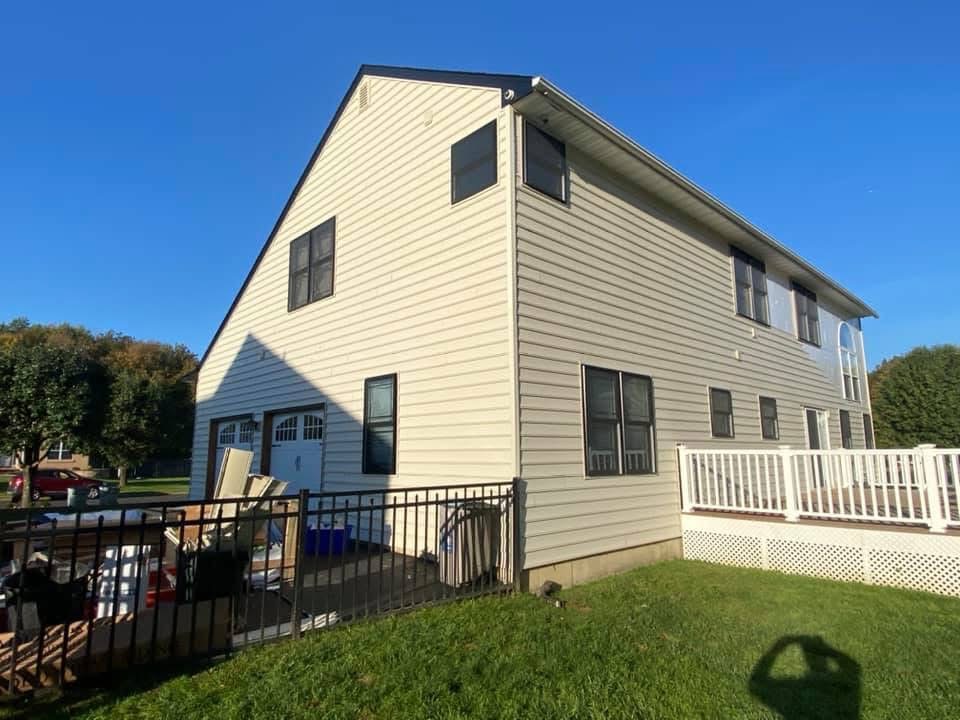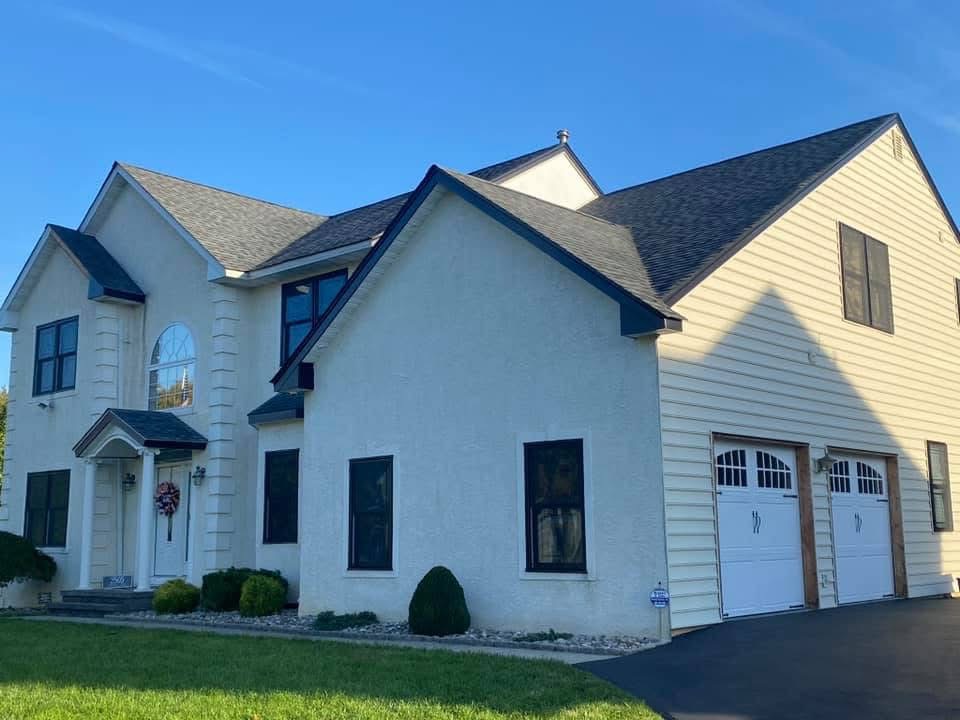
First impressions count, and nothing grabs attention faster than a home’s exterior. The right Exterior Paint colors do more than freshen up a house—they can lift your curb appeal and add real value if you’re thinking about selling. For 2025, homeowners are leaning into warm earth tones, deep blues, and rich greens that make both new builds and classic homes feel fresh and inviting.
Blending natural shades with bold accent colors brings out a home’s best features and makes it stand out—in all the right ways. Choosing a palette that fits today’s trends will help your home look current and welcoming, attracting buyers who want both style and comfort. Let’s get into how to pick paint colors that not only boost appeal, but bump up your home value, too.
Choosing the right exterior paint color does more than freshen up your house—it directly shapes how buyers value and remember your home. Every shade and accent creates a story, and the right combination can set your place apart from the rest on the street. Let’s break down how color choices influence curb appeal, buyer emotions, and what today’s data says about the best colors for getting top-dollar offers.
Curb appeal isn’t just a buzzword—it’s a deal maker or breaker. The first glimpse of a house, even from the end of the driveway, sparks an instant reaction in buyers. A home with fresh, attractive paint signals pride of ownership and low future maintenance. That means buyers see fewer obstacles and more reasons to make a strong offer.
According to real estate experts, great curb appeal can:
Well-chosen exterior colors tie together landscaping, architecture, and neighborhood surroundings. Homes painted in “safe” neutrals like white, gray, or beige often look timeless and appeal to more buyers. On the flip side, poorly chosen colors (think loud yellows or dated pastels) can turn buyers away at first glance, making your house linger on the market.
Color isn’t just visual; it’s emotional. The mix of shades on your home’s exterior sends a message, sometimes without you saying a word. Color psychology taps into how most buyers “feel” about a home, even before they step inside.
Here’s a roadmap of how popular colors influence perception:
On the other hand, very bright or unusual colors—such as intense reds or oranges—can feel risky to buyers. Instead of picturing themselves living in the home, buyers may start worrying about the cost of repainting. That’s why most experts recommend sticking to inviting, fresh, and widely appealing color schemes.
Today’s market rewards strategic color choice with hard cash. Paint trends used to be a guessing game, but now, there’s solid data showing which colors help homes get higher offers and sell faster.
Highlights from recent research:
To sum up, buyers judge homes from the outside first. By focusing on colors with proven appeal and understanding how those hues play on emotions, you’ll put your home in position to sell quickly—and for a higher price.
Choosing an exterior paint color is more than picking what looks nice on a paint swatch—it’s about finding shades that lift your curb appeal, attract buyers, and keep your home looking fresh for years. For 2025, color trends are leaning toward both timeless neutrals and richer, nature-inspired colors. Layer in bold accents for trim and doors, and you get a look that feels fresh but still fits a wide range of homes. Here’s what’s winning big with designers, real estate pros, and savvy homeowners right now.
When you want your home to appeal to the widest audience, it’s hard to beat classic neutrals. Whites, beiges, and greiges (that perfect mix of gray and beige) are still leading the pack in 2025, and for good reason.
Neutrals make it easy for buyers to picture themselves moving right in. They also provide a backdrop that lets landscaping, shutters, and accent colors pop without clashing or feeling overwhelming.
A growing number of designers and homeowners are choosing shades that look lifted right from nature. These earthier, muted hues are a safe bet for boosting value—while making your home feel welcoming and on trend.
Nature-inspired colors bring out the best of your architecture and the landscape, helping your home look inviting from the street or in real estate photos.
If you want your home to stand out and look more expensive, don’t skip bold accent colors for doors and trim. Using the right pop of color can shift your curb appeal from “just nice” to “gotta see inside!”
A well-chosen accent draws attention to the best features of your home and lets buyers know you care about the details. When balanced with neutral or earthy main colors, bold accents strike the right note between confidence and classic appeal.
Picking exterior paint might seem simple—until you stand in front of endless swatches at the store. Choosing the wrong palette can drag down curb appeal and even turn off buyers. A smart approach helps your home look current, welcoming, and valuable to a wide range of buyers. From honoring your home’s style to factoring in real climate challenges, here’s how to make choices that work.
The right color scheme elevates your home’s unique design and helps it stand out for all the right reasons. Each architectural style has traditional colors that highlight its charm. Not sure what works best? Here’s a quick guide you can follow:
Choosing an exterior color isn’t only about your taste. Before making a decision, take a walk through your neighborhood—or pull up some real estate sites online. Notice which homes sell fast and which colors repeat. Buyer’s preferences for 2025 show some clear patterns:
Balance your personality with what appeals to buyers so your home feels inviting but never risky.
Colors look different in strong sunlight, dense shade, or foggy mornings. Climate and environment matter as much as taste:
Here are quick environmental tips:
Smart color choices look good, last longer, and help keep your maintenance low—all attractive features for potential buyers.

